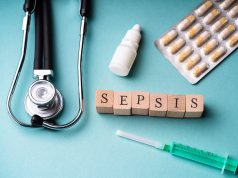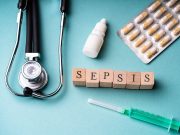Vaginal estrogen, vaginal DHEA, oral ospemifene, vaginal moisturizers may be beneficial for some genitourinary symptoms
By Elana Gotkine HealthDay Reporter
TUESDAY, Sept. 10, 2024 (HealthDay News) — Vaginal estrogen, vaginal dehydroepiandrosterone (DHEA), oral ospemifene, and vaginal moisturizers may be beneficial for some genitourinary symptoms of menopause (GSM), according to a review published online Sept. 10 in the Annals of Internal Medicine.
Elisheva R. Danan, M.D., M.P.H., from the University of Minnesota in Minneapolis, and colleagues examined the effectiveness and harms of vaginal estrogen, nonestrogen hormone therapies, and vaginal moisturizers for treatment of GSM in a systematic review of randomized controlled trials (RCTs). A total of 46 RCTs assessing vaginal estrogen, nonestrogen hormones, vaginal moisturizers, or multiple interventions were identified from 11,993 citations.
The researchers found that vaginal estrogen may improve vulvovaginal dryness, dyspareunia, the most bothersome symptom, and treatment satisfaction compared with placebo or no treatment. Vaginal DHEA may improve dryness, dyspareunia, and distress, bother, or interference from genitourinary symptoms compared with placebo; oral ospemifene may improve dryness, dyspareunia, and treatment satisfaction; and dryness may also be improved by vaginal moisturizers (all low certainty of evidence [COE]). No benefit or uncertain effects (low and very low COE, respectively) may be provided by vaginal testosterone, systemic DHEA, vaginal oxytocin, and oral raloxifene or bazedoxifene. Reporting was limited by studies of short duration that were insufficiently powered to assess infrequent serious harms.
“Future studies would be strengthened by standard definitions of symptoms and uniform diagnostic criteria for GSM, a common set of validated outcome measures and reporting standards, and attention to clinically relevant patient populations and intervention comparisons,” the authors write.
Evidence Map (subscription or payment may be required)
Copyright © 2024 HealthDay. All rights reserved.



















